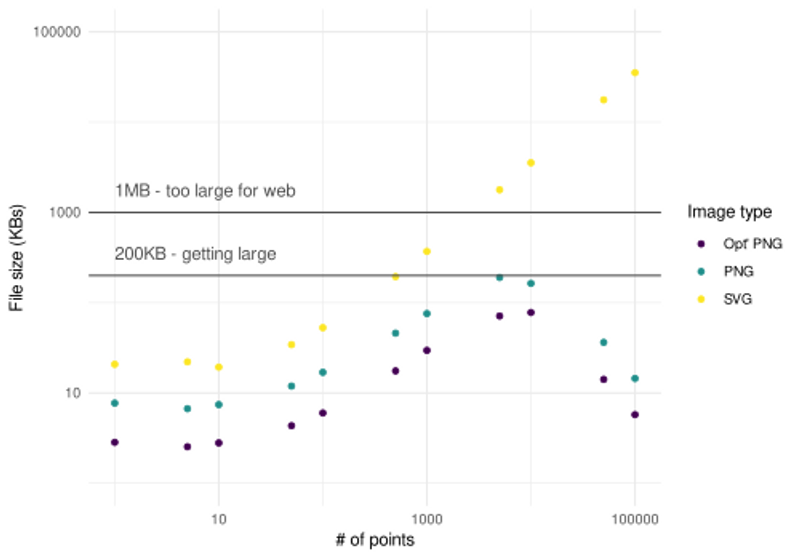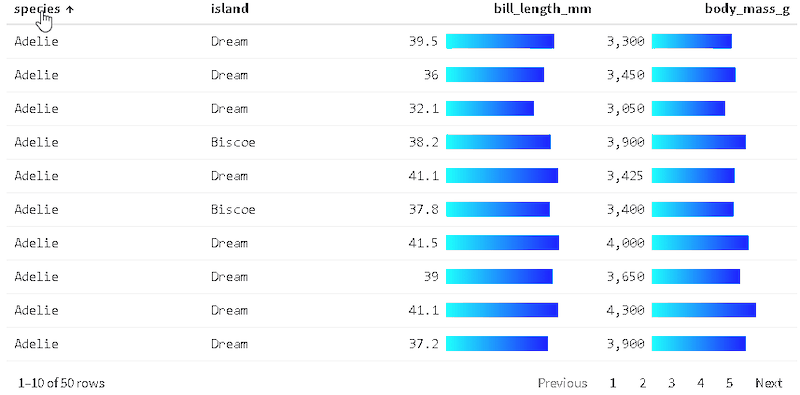Live
-
{{ is_pkg(link.U) }}{{ link.T }} {{ get_host(link.U) }} - {{ link.N }} ( {{ get_host(link.U) }} )
{{ is_pkg(link.U) }}{{ link.T }} {{ get_host(link.U) }}( {{ get_host(link.U) }} )
{{ item.date }}
-
{{ is_pkg(link.U) }}{{ link.T }} {{ get_host(link.U) }} - {{ link.N }}
( {{ get_host(link.U) }} ){{ is_pkg(link.U) }}{{ link.T }} {{ get_host(link.U) }}
( {{ get_host(link.U) }} )
R Weekly 2021-W08 Multi-page {shiny} apps, R package citations, refactoring {squashinformr}
Release Date: 2021-02-22
This week’s release was curated by Eric Nantz, with help from the R Weekly team members and contributors.
Highlight
Insights
-
One or two things I wish I had learned in school, the beginning
-
Shuffling my Spotify Liked Songs or: checking my assumptions
R in the Real World
-
First mlverse survey results – software, applications, and beyond
-
Who Was The Funniest Character on Friends? Analyzing Comedy in All Friends Episodes
R in Organizations
R in Academia
-
why does rbinom(1,1) differ from sample(0:1,1) with the same seed?
-
Seeing the Impossible: Visualizing Latent Variable Models with flexplavaan
-
Creating optimal conditions for reproducible data analysis in 𝖱 with ‘fertile’
Resources

New Packages
CRAN
- {reactablefmtr} 0.1.0: Simplify Formatting of Tables Made with ‘Reactable’

-
{pharmaRTF} 0.1.2: Enhanced RTF Wrapper for Use with Existing Table Packages
-
{provDebugR} 1.0: A Time-Travelling Debugger
-
{AdvancedBasketballStats} 1.0.0: Advanced Basketball Statistics
-
{vmr} 0.0.1: Virtual Machines for R
-
{memery} 0.5.6: Internet Memes for Data Analysts
-
{rando} 0.2.0: Context Aware Random Numbers
-
{flipr} 0.1.1: Flexible Inference via Permutations in R
-
{sentometrics} 0.8.3: An Integrated Framework for Textual Sentiment Time Series Aggregation and Prediction
GitHub or Bitbucket
-
{openlibraryR} 0.0.0.9: Access Book Data via the Open Library API
-
{brickset}: R package to interface with the Brickset API for getting data about LEGO.
-
{ConfusionTableR} 0.1.0: Creates varied sized data frames for trained caret models.
-
{afrihealthsites} 0.1.0: Access to geographic locations of african health sites from different sources.
Updated Packages
-
{ragg} 1.1.0: Graphic Devices Based on AGG

-
{crul} 1.1.0: HTTP Client
-
{nhlapi} 0.1.3: A Minimum-Dependency ‘R’ Interface to the ‘NHL’ API
-
{kableExtra} 1.3.2: Construct Complex Table with ‘kable’ and Pipe Syntax
-
{rayimage} 0.5.1: Image Processing for Simulated Cameras
-
{rsample} 0.0.9: General Resampling Infrastructure
-
{reportfactory} 0.1.3: Lightweight Infrastructure for Handling Multiple R Markdown Documents
-
{tidySEM} 0.1.6: Tidy Structural Equation Modeling
-
{svglite} 2.0.0: A lightweight svg graphics device for R.
-
{shinysurveys} 0.1.2: Develop and deploy surveys in Shiny/R.
-
{datamods} 1.0.1: Shiny modules to import data into an application or addin.
Videos and Podcasts
Shiny Apps
-
{shinysurveys} 0.1.2: Create and Deploy Surveys in ‘Shiny’
-
{datamods} 1.0.1: Modules to Import and Manipulate Data in ‘Shiny’
-
Targets Shiny: Simple prototype to help you build powerful data pipelines inside apps.
R Internationally
- Rzine - Diffusion et partage de ressources sur la pratique de R en sciences humaines et sociales

Tutorials

-
Getting Into the Rhythm of Chart Typography with {ragg} and {hrbragg} (a.k.a. It’s {ragg}-time}
-
Little useless-useful R functions – Using L-Systems for useless writing

R Project Updates
Updates from R Core:
Upcoming Events in 3 Months
Events in 3 Months:
Call for Participation
Quotes of the Week
Want to watch a yt video while coding in #Rstudio and don't have second screen? here is a hacky way to do it in the viewer pane (shiny app+local job) . https://t.co/mM9qt4gC8S #rstats pic.twitter.com/frbGLZmz0j
— David Schoch (@schochastics) February 20, 2021
#RStats — With the latest version of {shiny} (1.6.0), you can use reactive objects straight inside an Rmd, thanks to `shiny::reactiveConsole(TRUE)` : pic.twitter.com/7poANaMq9b
— Colin Fay 🤘 (@_ColinFay) February 16, 2021
POV: rstudio watching me try and troubleshoot code pic.twitter.com/lIdVw3bJzp
— gavin jones (@ecologyofgavin) February 20, 2021